"We're all meant to be athletes. We're meant to move. Not running, or not being active, that's abnormal." -Bill Rodgers, four-time Boston Marathon champion
Legendary marathoner Bill Rodgers considers running as natural as eating and breathing. I couldn't agree more.
Shortly after the COVID-19 pandemic took hold, I started getting antsy. The "stay at home" orders and other precautions – wearing a mask and proper social distancing – made perfect sense, said my wife, a healthcare worker. But then my local gym shuttered, and I lost my spin and swim workouts. I had a stationary bike at home, but that quickly got old once winter morphed into spring.
What I was missing was being outside.
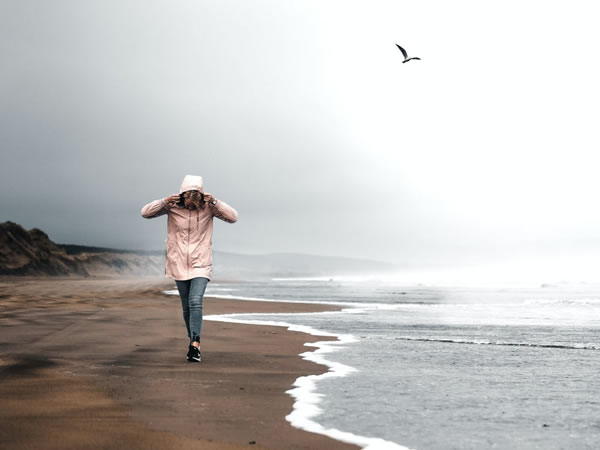
I missed the cool air that filled my lungs here on Boston's North Shore shortly after sunrise. I missed the fragrant sea breezes that rolls across Cape Ann. I missed the sunlight, and the dirt and roots and rocks underneath my mountain bike tires. Because, while indoor workouts may keep you fit, exercising outside makes you feel alive.
So, with the blessing of my wife, and armed with my face mask and a profound respect for social distancing, I ventured back outside. I felt stronger, and more engaged. That's always been a benefit of being outside, but those benefits take on an even more critical role during the age of COVID-19, not only for the general public, but also for those who are either at high risk, or have contracted the virus.
This is not a new theory. Dr. Richard Hobday, writing this spring for the web site Medium on the 1918 influenza outbreak, said government officials enforced quarantine and isolation while discouraging public gatherings, with mixed results.
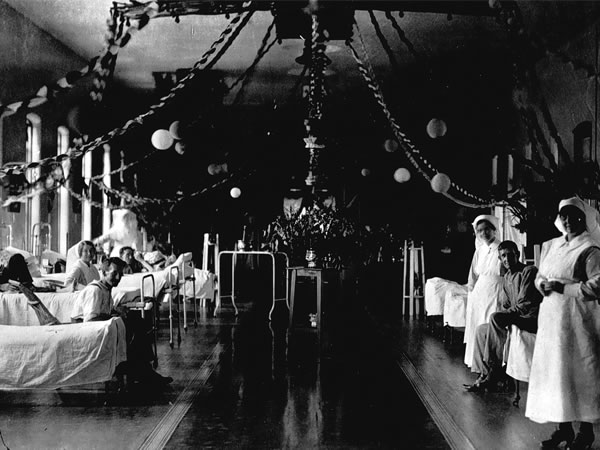
I missed the cool air that filled my lungs here on Boston's North Shore shortly after sunrise. I missed the fragrant sea breezes that rolls across Cape Ann. I missed the sunlight, and the dirt and roots and rocks underneath my mountain bike tires. Because, while indoor workouts may keep you fit, exercising outside makes you feel alive.
So, with the blessing of my wife, and armed with my face mask and a profound respect for social distancing, I ventured back outside. I felt stronger, and more engaged. That's always been a benefit of being outside, but those benefits take on an even more critical role during the age of COVID-19, not only for the general public, but also for those who are either at high risk, or have contracted the virus.
This is not a new theory. Dr. Richard Hobday, writing this spring for the web site Medium on the 1918 influenza outbreak, said government officials enforced quarantine and isolation while discouraging public gatherings, with mixed results.
"But records from the 1918 pandemic suggest one technique for dealing with influenza – little-known today – was effective," wrote Hobday. "Put simply, medics found that severely ill flu patients nursed outdoors recovered better than those treated indoors.
"A combination of fresh air and sunlight seems to have prevented deaths among patients, and infections among medical staff," he wrote. "Research shows that outdoor air is a natural disinfectant. Fresh air can kill the flu virus and other harmful germs. Equally, sunlight is germicidal and there is now evidence it can kill the flu virus."
The "open-air therapy" utilized during the 1918 outbreak was developed in Boston, which was particularly hard hit by the Spanish Flu. But prevention is still of utmost importance, and should be the focus of any athlete.
That's why masks, and proper social distancing, are still necessary, even when we're outside. The harder we breathe, the more space we need (imagine the vapor bloom you exhale on a cold day while cross-country skiing). The most potent form of COVID-19 transmission is droplets, which masks prevent and social distancing helps avoid. The trade-off is that we still get to exercise, guilt-free.
April Bowling, an assistant professor of public health at Merrimack College in Massachusetts and a competitive triathlete, agreed that getting more fresh air is one of several relatively easy adjustments that we can make to "stay active without increasing risk" during the current pandemic. Just don't overdo it.
"Folks may also want to consider modifying their training to avoid long bouts of intense exercise, particularly if they are in a high-risk category, such as over the age of 60," said Bowling. "We don't know enough specifically about COVID-19 to say whether or not there is a protective effect of exercise beyond that general immune boost. Likewise, we don't know enough to say if there are any specific negative effects of exercise to COVID-19 susceptibility."
We do know that being outside is generally beneficial not only to our mental and emotional health, but also to our physical health, from maintaining a proper weight to infection prevention. Many of those benefits are inextricably linked.
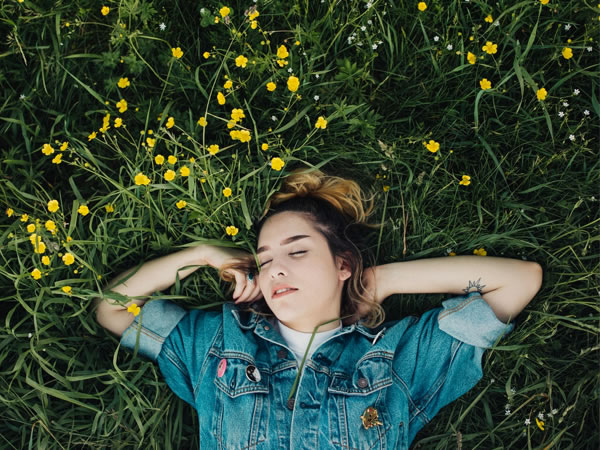
For example, being outside improves our sleep, which has numerous health benefits both for our minds and bodies. According to WedMD.com, the "cells in your eyes need enough light to get your body's internal clock working right."
"Early morning sunlight in particular seems to help people get to sleep at night," stated WebMD.
Adequate sunlight ensures we're getting enough Vitamin D, which is good for our bones, blood cells, and immune system. It also helps our bodies absorb more of certain minerals, like calcium and phosphorus.
Sunlight also appears to energize special cells in our immune systems called "T cells" that help fight infection, while many plants release substances, including organic compounds called "phytoncides," into the air that boost immune function.
Now, many adults prefer the controlled environment of a gym. That's fine. But while an indoor work-out may be great for basic cardio and strength training, outdoor exercise challenges our balance and proprioception systems (our ability to move in space). So trail running is going to provide a much better overall work-out compared to a treadmill. The same holds true for a single track mountain bike ride instead of a spin class.
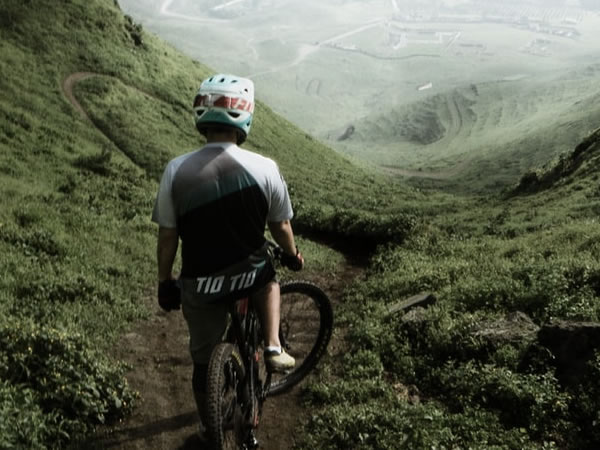
In short, getting outside translates to less time sitting and more time doing things that keep our bodies in motion. The Harvard Health Letter reported that "there's no question that indoor living is associated with being sedentary, particularly for children, while being outdoors is associated with activity."
Some studies suggest American children spend an average of six hours a day indoors with electronic media such as video games and television. "British researchers used Global Positioning System devices and accelerometers, which sense movement, to track the activity of 1,000 children," stated the newsletter. "They found that the children were more than doubly active when they were outside."
Last but not least, being outdoors helps the body heal quicker, whether you're suffering from a minor ailment or recovering from major surgery. According to the Harvard Health Letter, University of Pittsburgh researchers reported "spinal surgery patients experienced less pain and stress and took fewer pain medications during their recoveries if they were exposed to natural light."
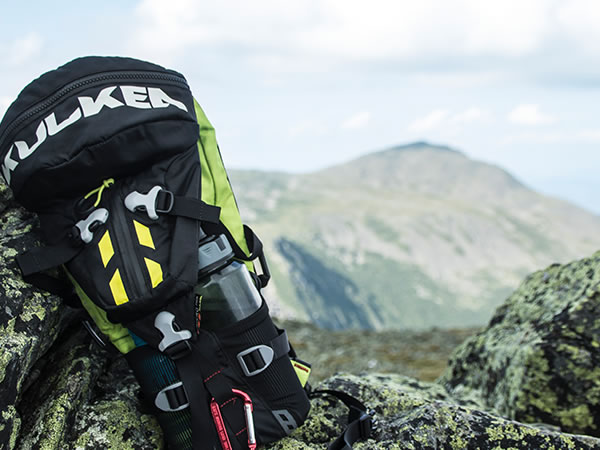 Credit: John Brown
Credit: John Brown
Having undergone two hip replacements and spine surgery in the past decade, I agree wholeheartedly. Which is why I'm slipping on my Kulkea Micro Pack, hopping aboard my mountain bike, and heading outside the minute I finish this post.

